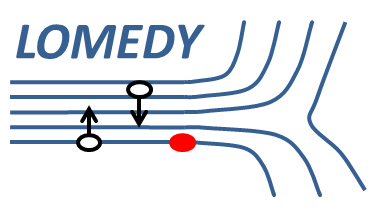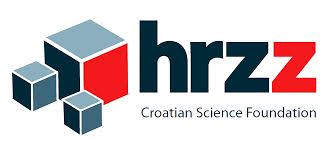

P. Kolar, M. S. Grbić, S. Hrabar, Sensors 19, 03064 (2019)
M. S. Grbić, JAP 125, 224501 (2019)
T. Cvitanić, M. Lukas, M. S. Grbić, Rev. Sci. Instrum. 90, 043903 (2019)
D. Pelc, P. Popčević, M. Požek, M. Greven, and N. Barišić, Sci. Adv. 5, eaau4538 (2019)
D. Pelc, H.-J. Grafe, G. D. Gu, and M. Požek, Phys. Rev. B 95, 054508 (2017).
R. Blinder et al. Phys. Rev. B 95, 020404(R) (2017).
D. Pelc, M. Vučković, H.-J. Grafe, S.-H. Baek, M. Požek, Nature Communications 7, 12775 (2016).
D. Pelc, M. Požek, V. Despoja and D. K. Sunko, New J. Phys. 17, 083033 (2015).
M. Došlić, D. Pelc and M. Požek, Rev. Sci. Instrum 85, 073905 (2014).
T. Cvitanić, D. Pelc, M. Požek, E. Amit, and A. Keren, Phys. Rev. B 90, 054508 (2014).
In high-temperature superconductors based on copper and oxygen, electrons conspire to form a rich variety of ordered phases. One of the most important are charge stripes, where the electrons organize into wave-like charge patterns in the material. To study charge stripes, experimental probes such as nuclear magnetic resonance (NMR) are used to provide microscopic information on stripe physics. Yet NMR studies of charge stripes in one of the prominent copper-oxygen compound families - lanthanum-based cuprates - have long been hampered by an effect known as signal wipeout: the NMR signals strongly decrease when charge stripes form. Damjan Pelc and Miroslav Požek in collaborations with colleagues from Dresden and Brookhaven (D. Pelc et al., Phys. Rev. B 95, 054508 (2017)) describe a way to detect the wiped-out signal, resolving the nature of the wipeout after long-running controversies, and enabling new insight into the behavior of charge stripes in cuprates.